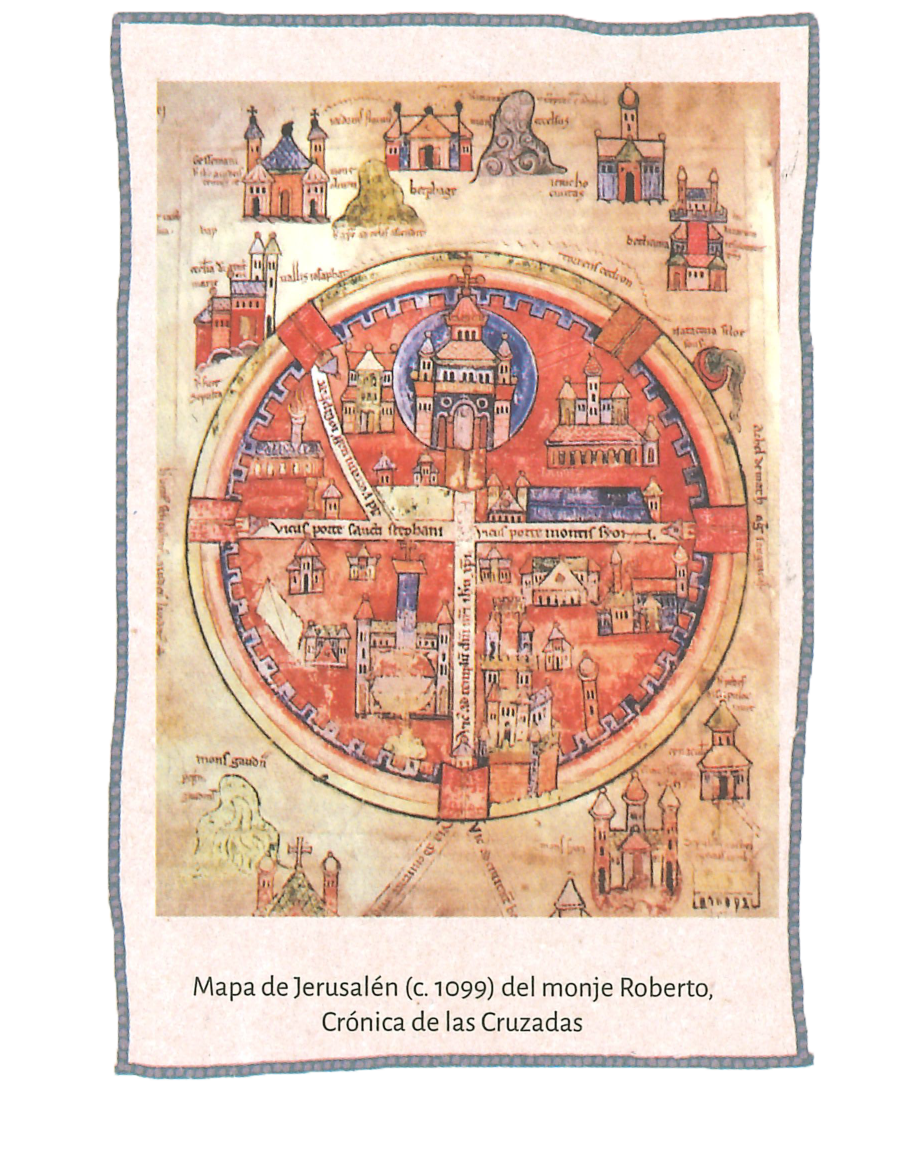The memories of the Temple and the Hospitales in the Crown of Aragon and Navarre
(12th-15th centuries)
Peñiscola. Templar Encomienda, 1294-1307.
This research project deals with when, how and why the Templars and Hospitallers memories were established in the Crown of Aragon and Navarre and how and why they were subsequently moved, preserved, and even remade.
From their early times until the abolition of the Temple and the consequent transformations of the Hospital, both orders produced a significant amount of documentation, some of which is kept in the main Spanish archives. The memories of these institutions were shaped by the different written documentary traditions and evolutions which recorded legal and administrative acts, but also actions to be remembered and preserved.
In this sense, it is essential to identify the functional value of most of these documents, both when they were written or transferred in later times, analyzing also the pre-intentional value in the generation and dissemination corporative memory and its uses for promoting and legitimizing these orders.


COOPERATION AGREEMENT FOR THE ESTABLISHMENT OF THE NETWORK Militarium Ordinum Nexus - Beyond Boundaries (MON-2B) BETWEEN University of Porto (Portugal), University of Castilla-La Mancha (Spain), University of Malta (Malta), University of Navarra (Spain) and University of Rovira i Virgili (Spain).
Novelty in the proposal

This project analyzes the documents of both orders, mainly written, from different levels of form, content and the institutional, social and ideological contexts of their production in the different priories or preceptories and comparing them on a regional scale.. For this reason, it will be taken into account that these documents were generators of ideology, images or the retention of specific memories.

Tools of the so-called natural language processing and others related to the numerical humanities will be introduced.The typological definition of the sources, the reconstruction of the archives of the orders and of certain identity or propagandistic images can be contrasted and compared thanks to the analysis of the different Hispanic commanderies and priories, fundamentally those of the Crown of Aragon and Navarre. This comparison will renew our knowledge of the activities and projections that the orders considered fundamental when weaving the institutional memory, as well as the needs or crises that led to changes in documentary solutions and content.
Team
PRINCIPAL INVESTIGATORS
RESEARCH TEAM
![]() Marta Serrano Coll - Rovira i Virgili University
Marta Serrano Coll - Rovira i Virgili University
![]() Javier Ilundáin Chamarro - Universidad Internacional de La Rioja
Javier Ilundáin Chamarro - Universidad Internacional de La Rioja
![]() Carlos Baquero Goñi - UNED - Madrid
Carlos Baquero Goñi - UNED - Madrid
EQUIPMENT WORK
![]() Paula Maria Carvalho Pinto Costa - University of Porto
Paula Maria Carvalho Pinto Costa - University of Porto
![]() Judith Bronstein - University of Haifa
Judith Bronstein - University of Haifa
![]() Guifre Colomer Pérez - Rovira i Virgili University
Guifre Colomer Pérez - Rovira i Virgili University
![]() Carlos Lopez - UNED Madrid
Carlos Lopez - UNED Madrid
![]() Joana Lencart - University of Porto
Joana Lencart - University of Porto


